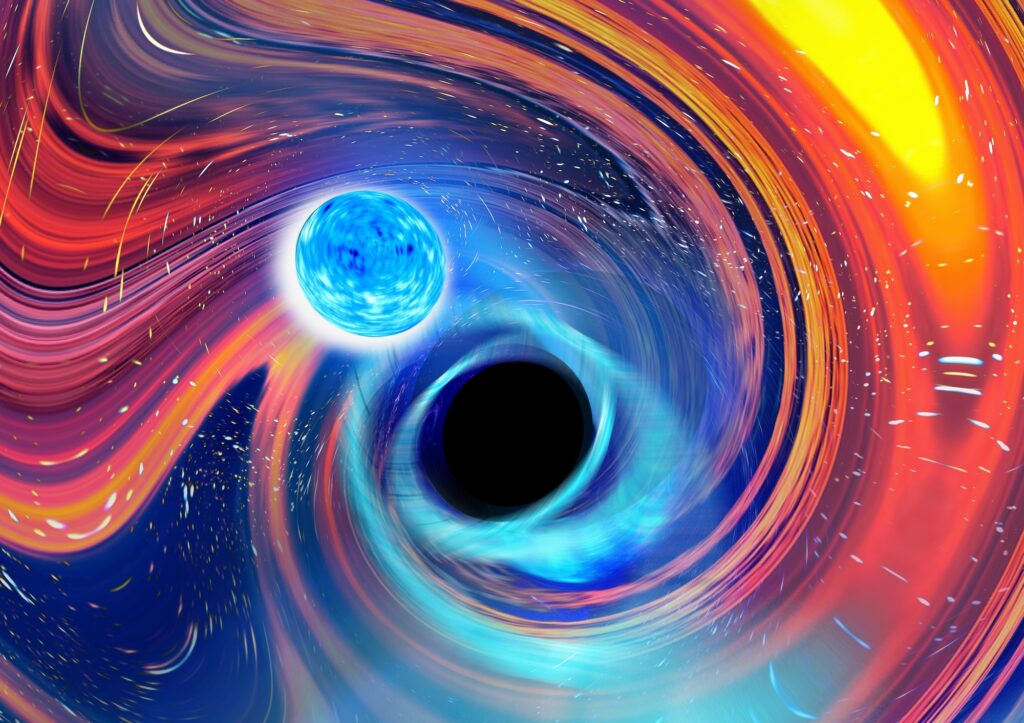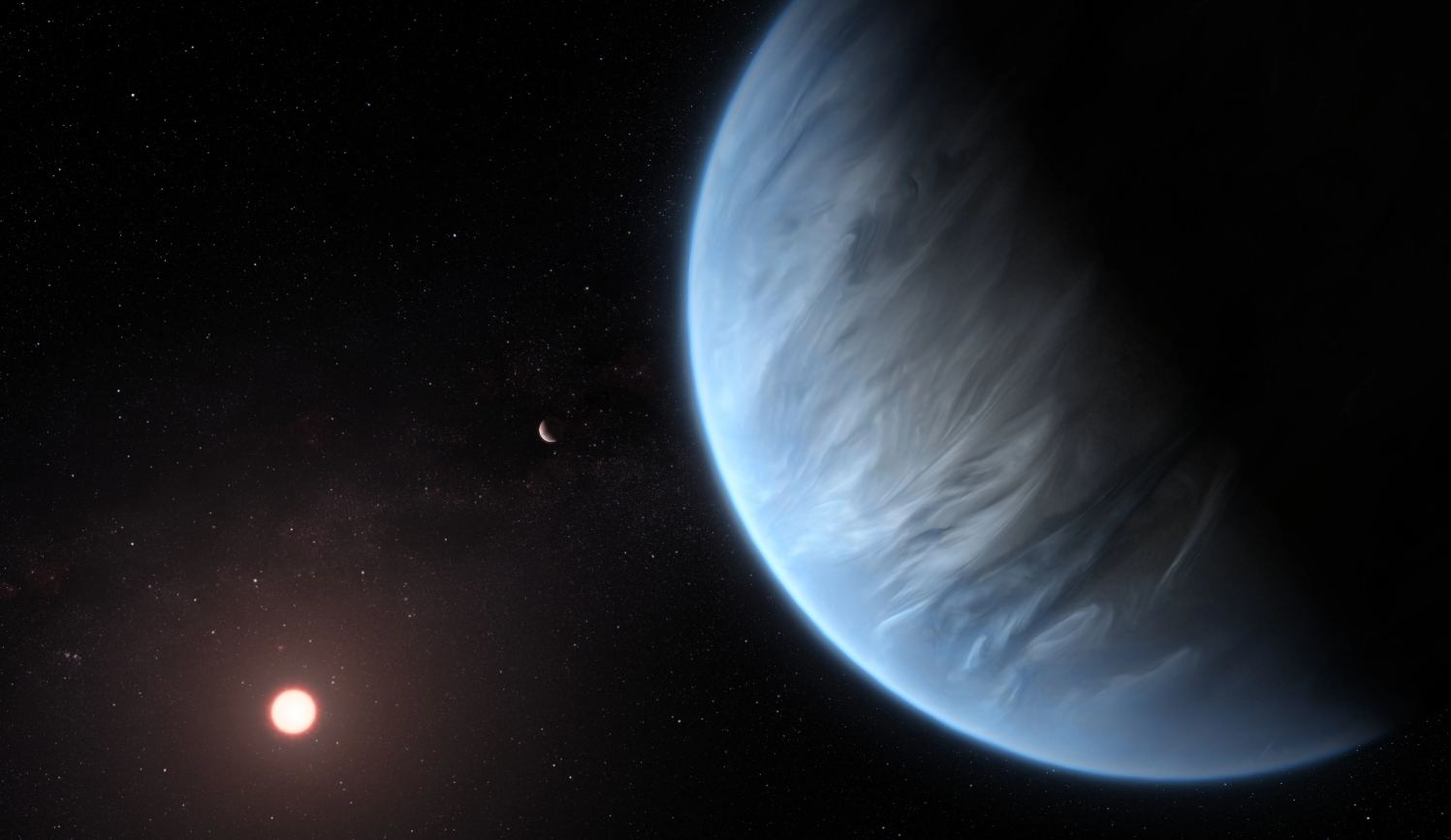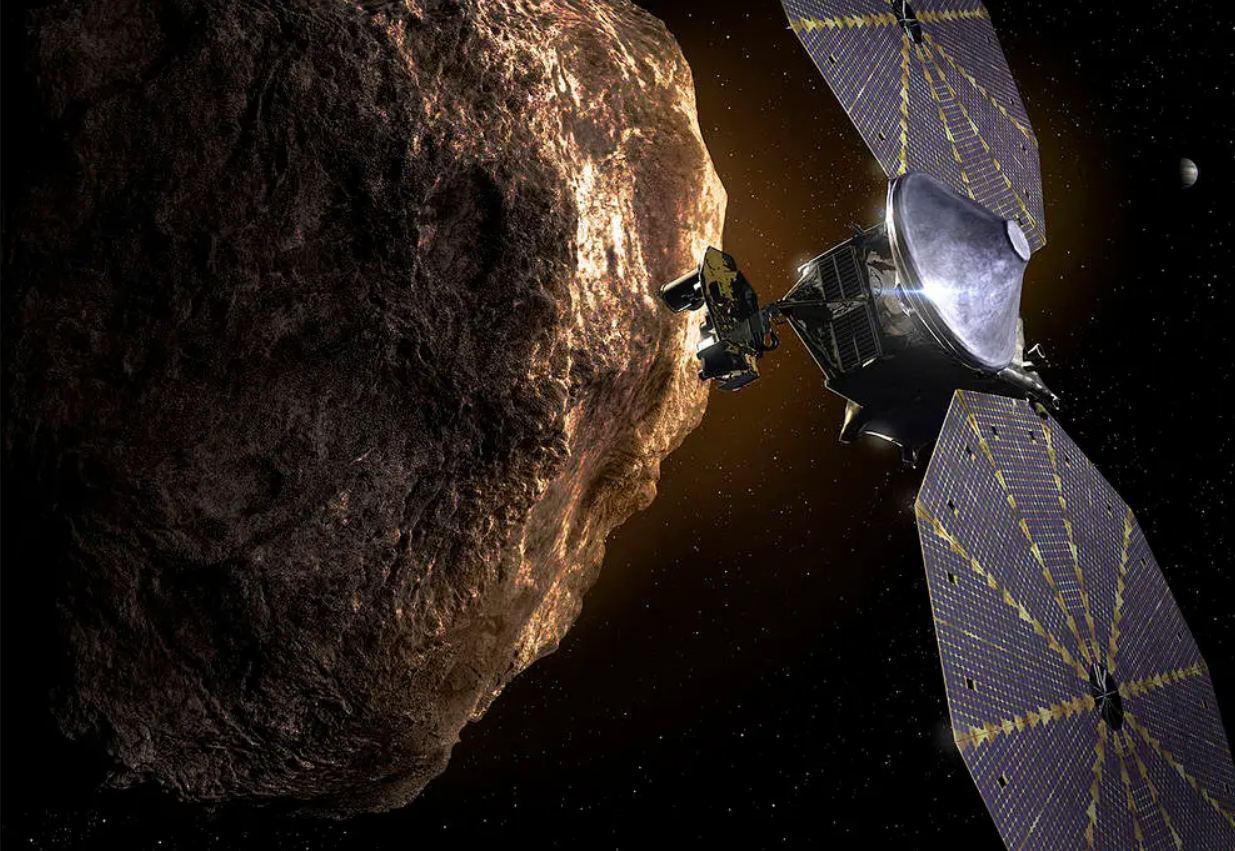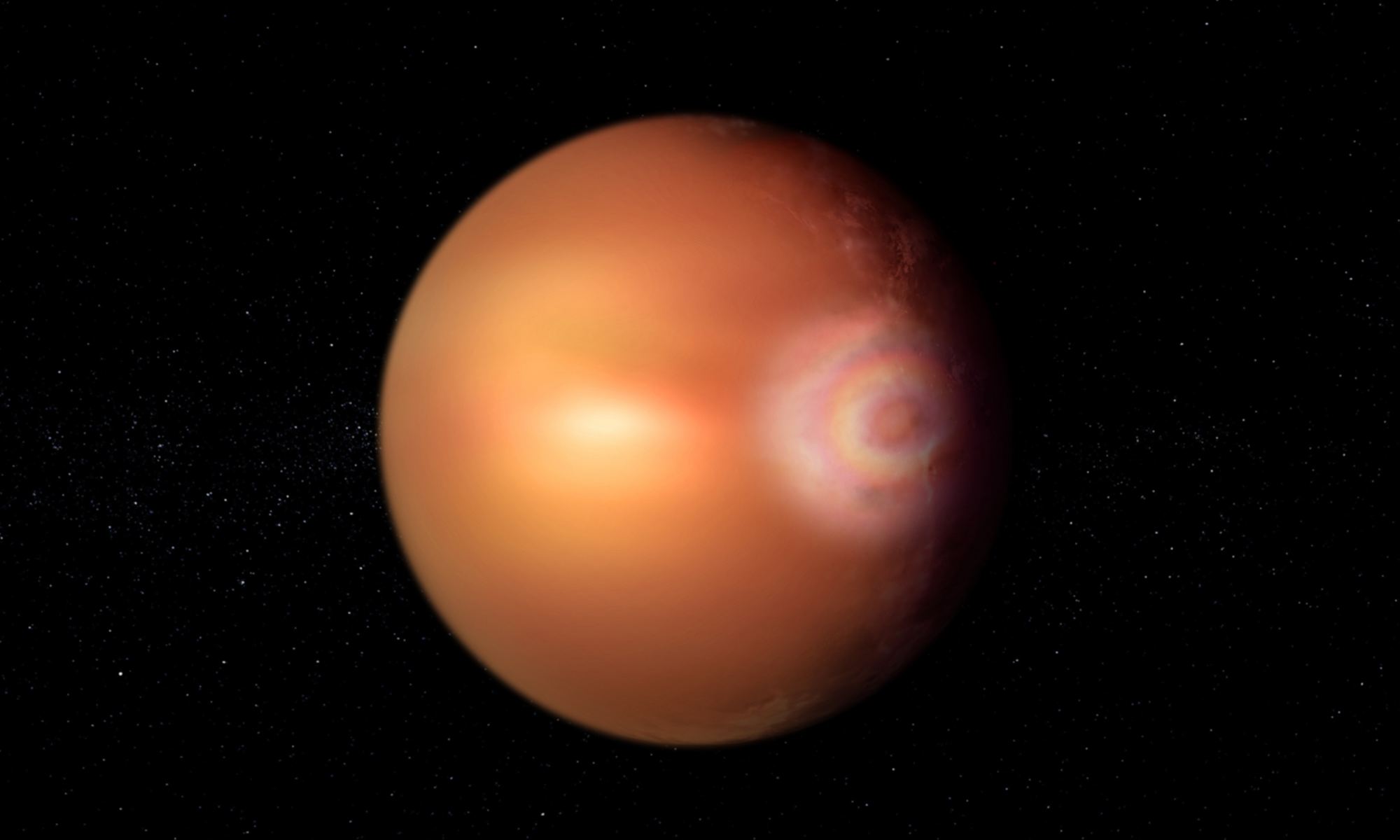Galactic collisions, meteor impacts and even stellar mergers are not uncommon events. neutron stars colliding with black holes however are a little more rare, in fact, until now, we have never observed one. The fourth LIGO-Virgo-KAGRA observing detected gravitational waves from a collision between a black hole and neutron star 650 million light years away. The black hole was tiny though with a mass between 2.5 to 4.5 times that of the Sun.
Continue reading “A Neutron Star Merged with a Surprisingly Light Black Hole”The Seven Most Intriguing Worlds to Search for Advanced Civilizations (So Far)
Sometimes, the easy calculations are the most interesting. A recent paper from Balázs Bradák of Kobe University in Japan is a case in point. In it, he takes an admittedly simplistic approach but comes up with seven known exoplanets that could hold the key to the biggest question of them all – are we alone?
Continue reading “The Seven Most Intriguing Worlds to Search for Advanced Civilizations (So Far)”What a Swarm of Probes Can Teach Us About Proxima Centauri B
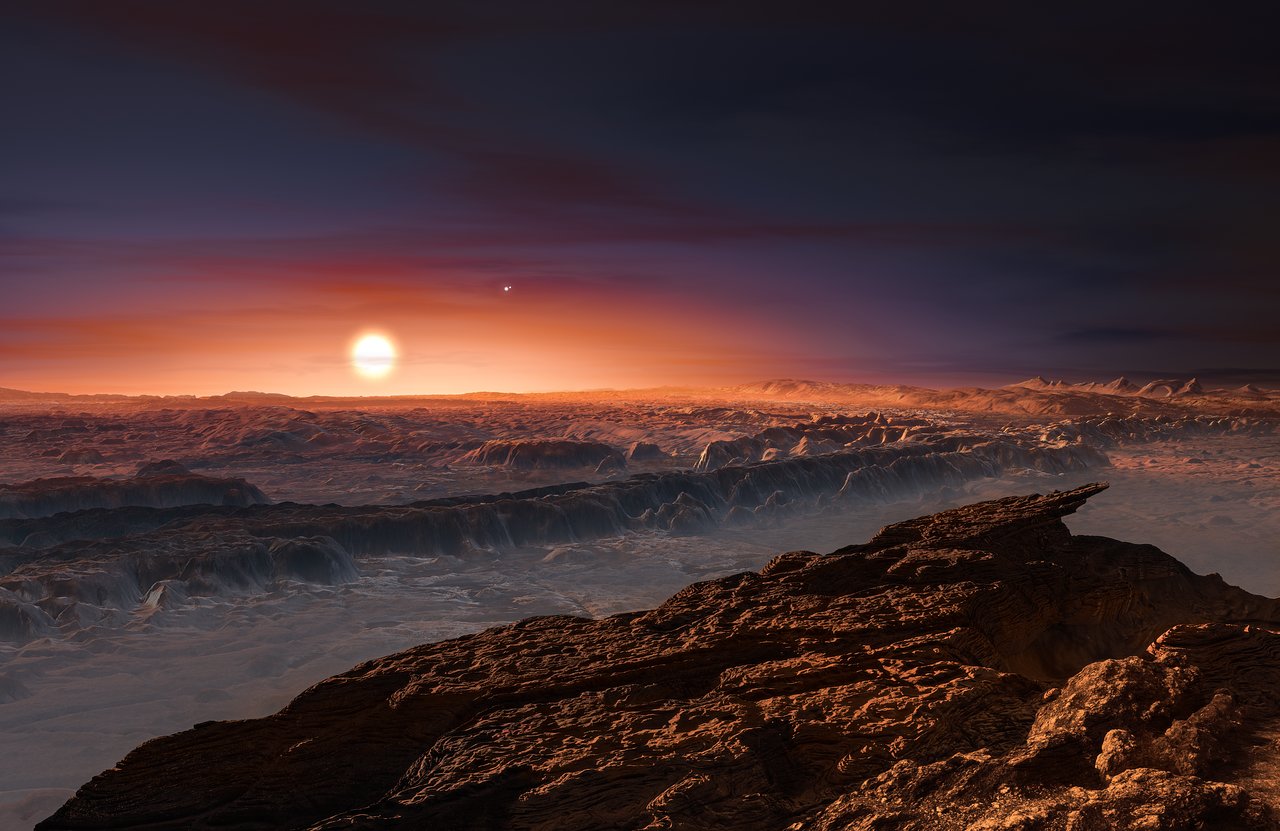
You’ve likely heard of the Breakthrough Starshot (BTS) initiative. BTS aims to send tiny gram-scale, light sail picospacecraft to our neighbour, Proxima Centauri B. In BTS’s scheme, lasers would propel a whole fleet of tiny probes to the potentially water-rich exoplanet.
Now, another company, Space Initiatives Inc., is tackling the idea. NASA has funded them so they can study the idea. What can we expect to learn from the effort?
Continue reading “What a Swarm of Probes Can Teach Us About Proxima Centauri B”Measuring the Atmospheres of Other Worlds to See if There are Enough Nutrients for Life
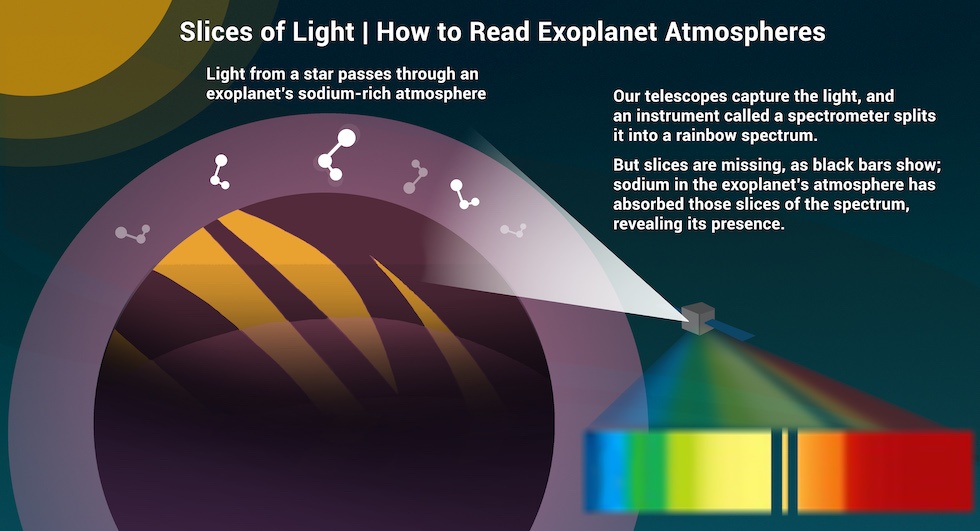
Life on Earth depends on six critical elements: Carbon, Hydrogen, Nitrogen, Oxygen, Phosphorous, and Sulfur. These elements are referred to as CHNOPS, and along with several trace micronutrients and liquid water, they’re what life needs.
Scientists are getting a handle on detecting exoplanets that might be warm enough to have liquid water on their surfaces, habitability’s most basic signal. But now, they’re looking to up their game by finding CHNOPS in exoplanet atmospheres.
Continue reading “Measuring the Atmospheres of Other Worlds to See if There are Enough Nutrients for Life”Does the Rise of AI Explain the Great Silence in the Universe?
Artificial Intelligence is making its presence felt in thousands of different ways. It helps scientists make sense of vast troves of data; it helps detect financial fraud; it drives our cars; it feeds us music suggestions; its chatbots drive us crazy. And it’s only getting started.
Are we capable of understanding how quickly AI will continue to develop? And if the answer is no, does that constitute the Great Filter?
Continue reading “Does the Rise of AI Explain the Great Silence in the Universe?”If We Want to Visit More Asteroids, We Need to Let the Spacecraft Think for Themselves
Missions to asteroids have been on a tear recently. Visits by Rosetta, Osirix-REX, and Hayabusa2 have all visited small bodies and, in some cases, successfully returned samples to the Earth. But as humanity starts reaching out to asteroids, it will run into a significant technical problem – bandwidth. There are tens of thousands of asteroids in our vicinity, some of which could potentially be dangerous. If we launched a mission to collect necessary data about each of them, our interplanetary communication and control infrastructure would be quickly overwhelmed. So why not let our robotic ambassadors do it for themselves – that’s the idea behind a new paper from researchers at the Federal University of São Paulo and Brazil’s National Institute for Space Research.
Continue reading “If We Want to Visit More Asteroids, We Need to Let the Spacecraft Think for Themselves”Testing a Probe that Could Drill into an Ice World
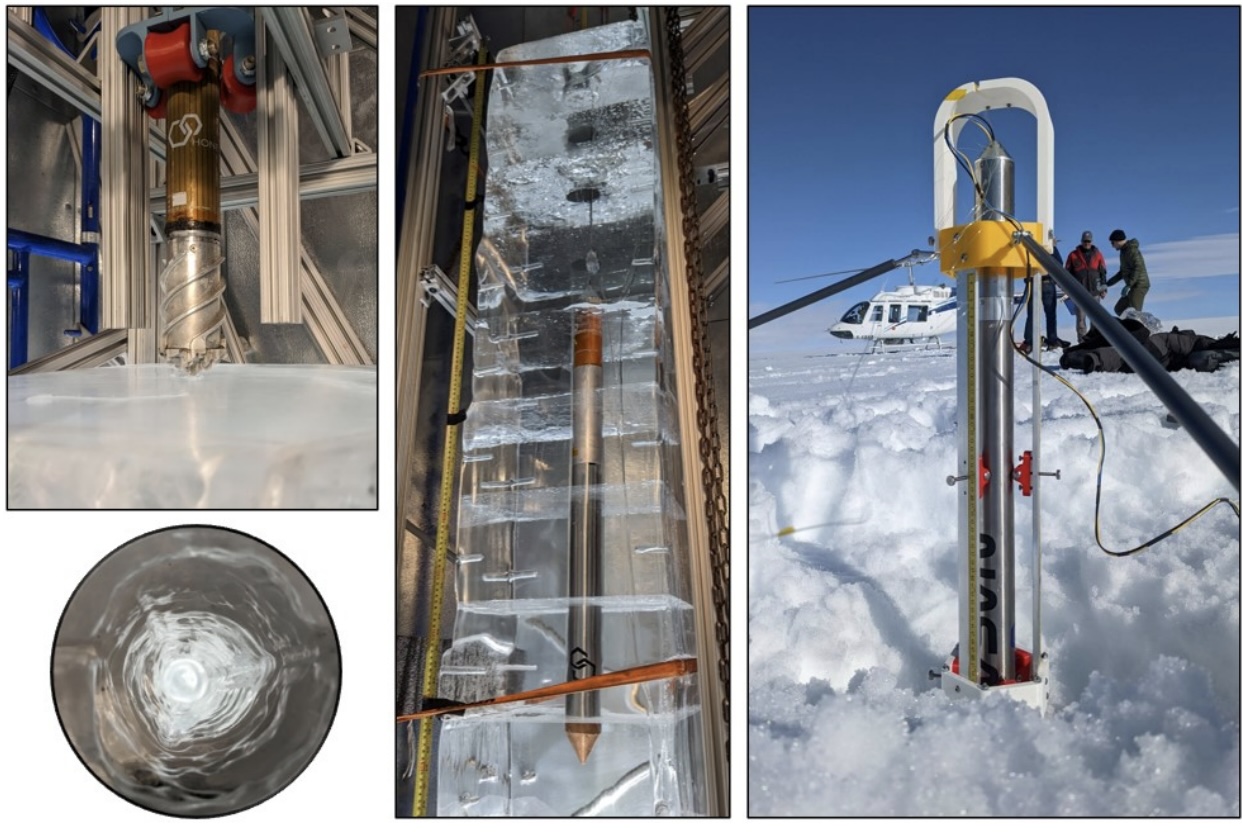
I remember reading about an audacious mission to endeavour to drill through the surface ice of Europa, drop in a submersible and explore the depths below. Now that concept may be taking a step closer to reality with researchers working on technology to do just that. Worlds like Europa are high on the list for exploration due to their potential to harbour life. If technology like the SLUSH probe (Search for Life Using Submersible Head) work then we are well on the way to realising that dream.
Continue reading “Testing a Probe that Could Drill into an Ice World”What Could We Build With Lunar Regolith?

It has often been likened to talcum powder. The ultra fine lunar surface material known as the regolith is crushed volcanic rock. For visitors to the surface of the Moon it can be a health hazard, causing wear and tear on astronauts and their equipment, but it has potential. The fine material may be suitable for building roads, landing pads and shelters. Researchers are now working to analyse its suitability for a number of different applications.
Continue reading “What Could We Build With Lunar Regolith?”The World's Largest Digital Camera is Complete. It Will Go Into the Vera Rubin Observatory
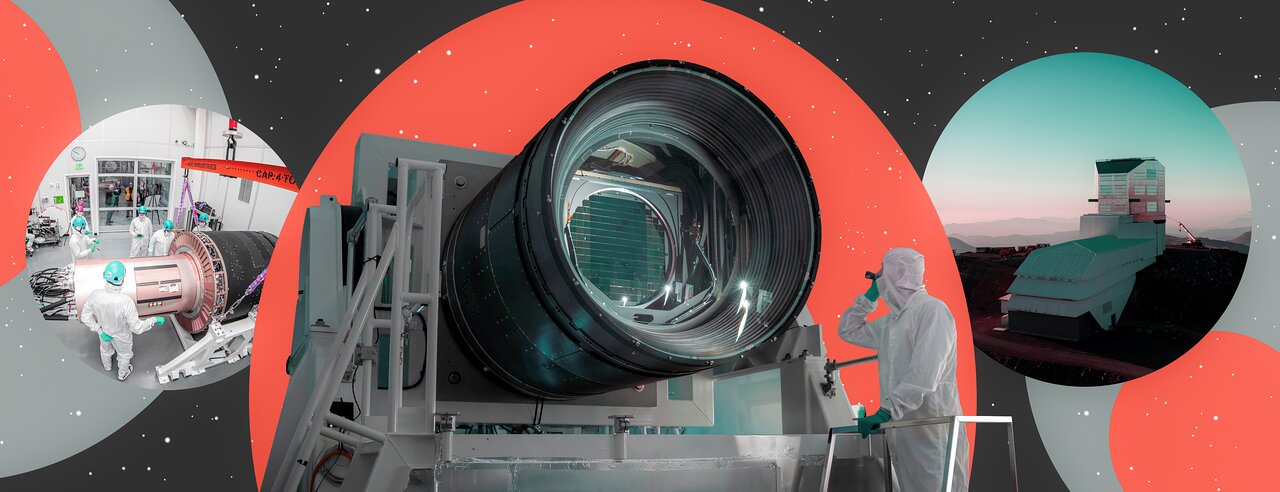
The Vera C. Rubin Observatory, formerly the Large Synoptic Survey Telescope (LSST), was formally proposed in 2001 to create an astronomical facility that could conduct deep-sky surveys using the latest technology. This includes a wide-field reflecting telescope with an 8.4-meter (~27.5-foot) primary mirror that relies on a novel three-mirror design (the Simonyi Survey Telescope) and a 3.2-megapixel Charge-Coupled Device (CCD) imaging camera (the LSST Camera). Once complete, Rubin will perform a 10-year survey of the southern sky known as the Legacy Survey of Space and Time (LSST).
While construction on the observatory itself did not begin until 2015, work began on the telescope’s digital cameras and primary mirror much sooner (in 2004 and 2007, respectively). After two decades of work, scientists and engineers at the Department of Energy’s (DOE) SLAC National Accelerator Laboratory and their collaborators announced the completion of the LSST Camera – the largest digital camera ever constructed. Once mounted on the Simonyi Survey Telescope, this camera will help researchers observe our Universe in unprecedented detail.
Continue reading “The World's Largest Digital Camera is Complete. It Will Go Into the Vera Rubin Observatory”The First Atmospheric Rainbow on an Exoplanet?
When light strikes the atmosphere all sorts of interesting things can happen. Water vapor can split sunlight into a rainbow arc of colors, corpuscular rays can stream through gaps in clouds like the light from heaven, and halos and sundogs can appear due to sunlight reflecting off ice crystals. And then there is the glory effect, which can create a colorful almost saint-like halo around objects.
Continue reading “The First Atmospheric Rainbow on an Exoplanet?”
